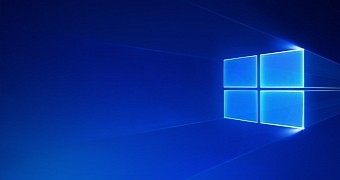Apple announced the M1, its very own ARM chip for the Mac, earlier this month, and the first devices running on Apple Silicon power are already available for purchase.
Unsurprisingly, developers out there are also working around the clock to optimize their software for the new Apple devices, especially because this is an approach that Apple is fully committed to in the long term.
Tech giant investing heavily in ARM isn’t something that happened overnight, and Microsoft is one of the first to observe the benefits of these chips. The Redmond-based software giant developed Windows 10 ARM and built its very own ARM-powered devices, with the focus on a great mix of performance and battery life. This sounds a lot like Apple’s strategy, and in the case of Microsoft, the company hopes Windows 10 on ARM would eventually land on millions of devices out there.
Windows 10 on Apple Silicon
As far as the M1-powered devices are concerned, Windows 10 ARM should technically be able to run on these too, but now it’s up to Microsoft to make it happen.
That’s what Apple claims through the voice of Craig Federighi, SVP of Software Engineering, who recently explained in an interview with Ars that it’s now Microsoft decision to bring Windows to Macs.
“That's really up to Microsoft,” he said. “We have the core technologies for them to do that, to run their ARM version of Windows, which in turn of course supports x86 user mode applications. But that's a decision Microsoft has to make, to bring to license that technology for users to run on these Macs. But the Macs are certainly very capable of it.”
Will the software giant make this happen? This is highly unlikely, but it doesn’t necessarily mean that the Windows and Mac worlds would remain separated. Software like CrossOver already allows Windows apps on M1-powered devices, so this merge would still happen in one way or another.

 14 DAY TRIAL //
14 DAY TRIAL //